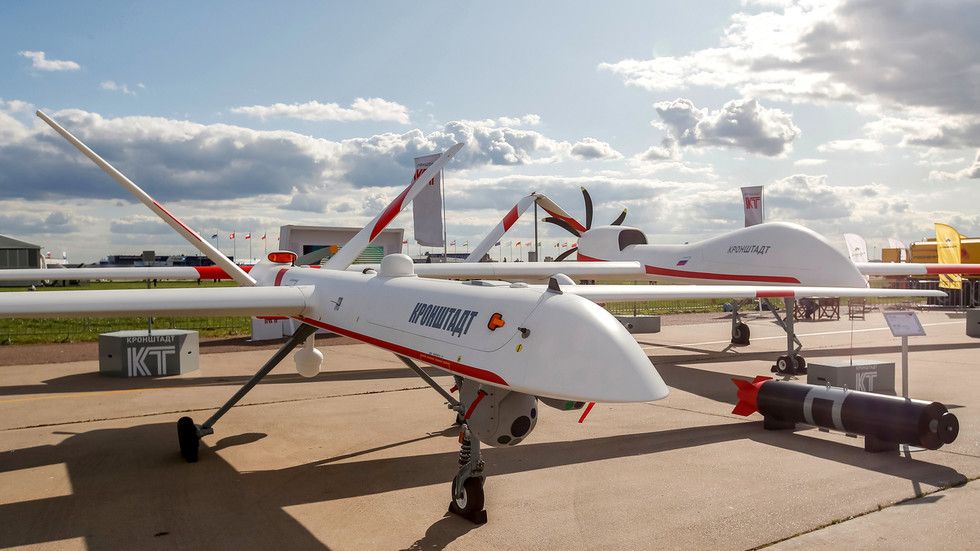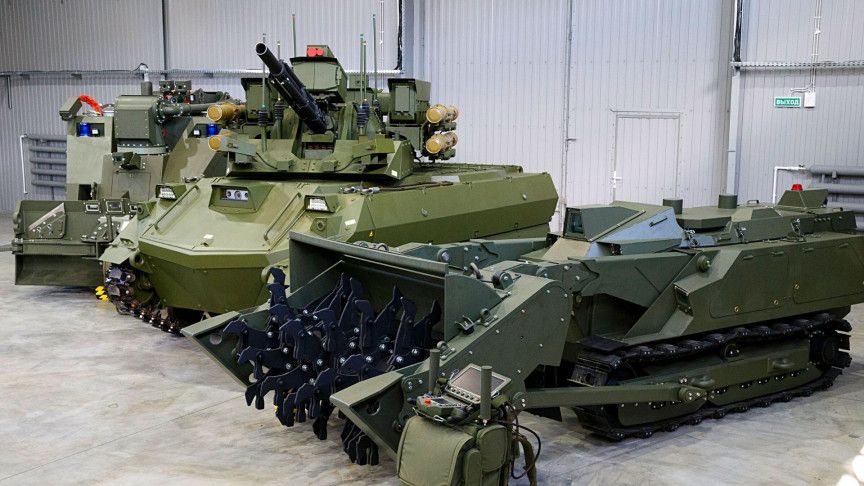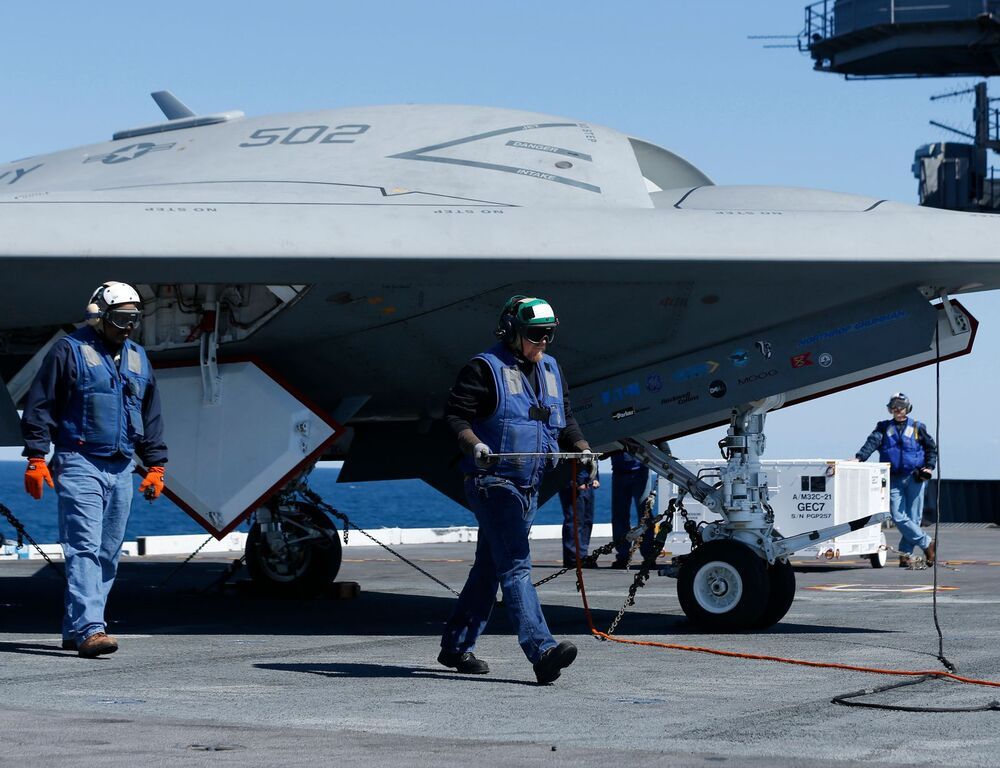Apr 21, 2021
American Honey Still Contains Radioactive Fallout From Nuclear Tests Decades Ago
Posted by Jason Blain in categories: food, military, nuclear weapons
As expected, various samples of fruits, nuts, and other foods revealed very faint traces of cesium-137 when measured with a gamma detector, but even Kaste wasn’t prepared for what happened when he ran the same test with a jar of honey from a North Carolina farmer’s market.
Traces of radioactive fallout from nuclear tests in the 1950s and 1960s can still be found in American honey, new research reveals.


















